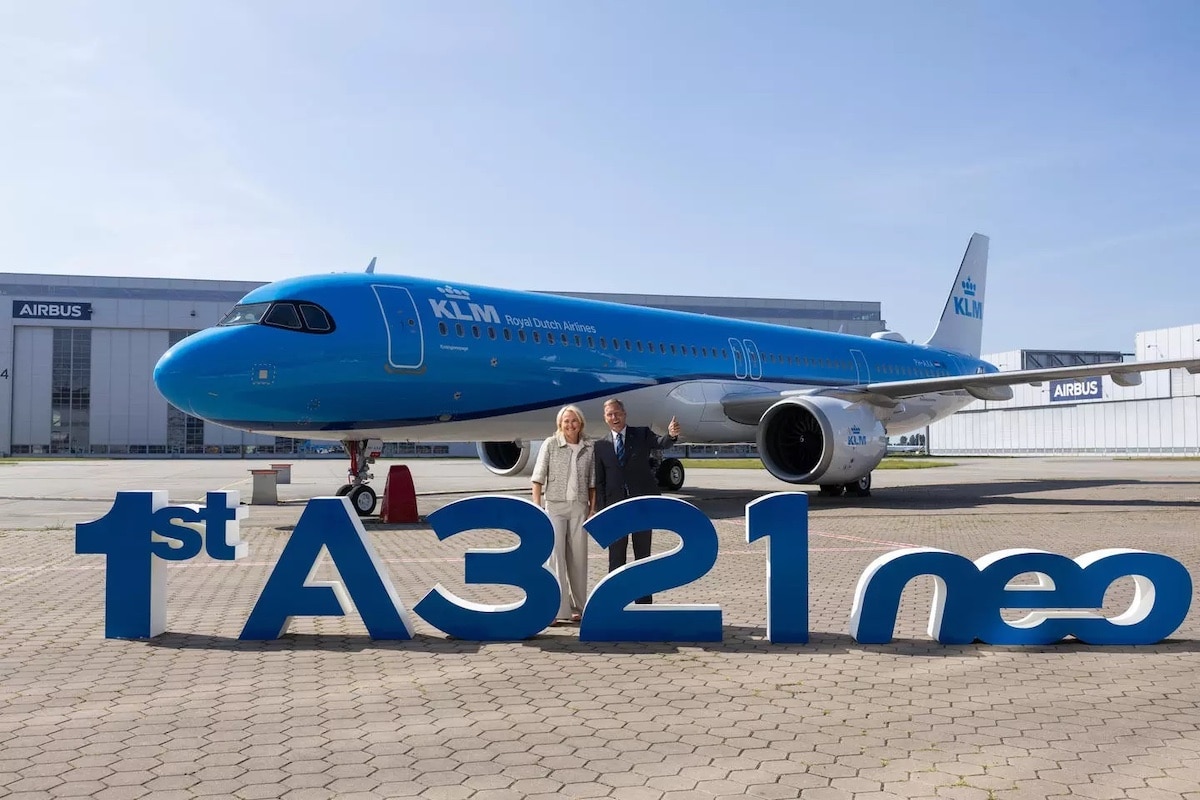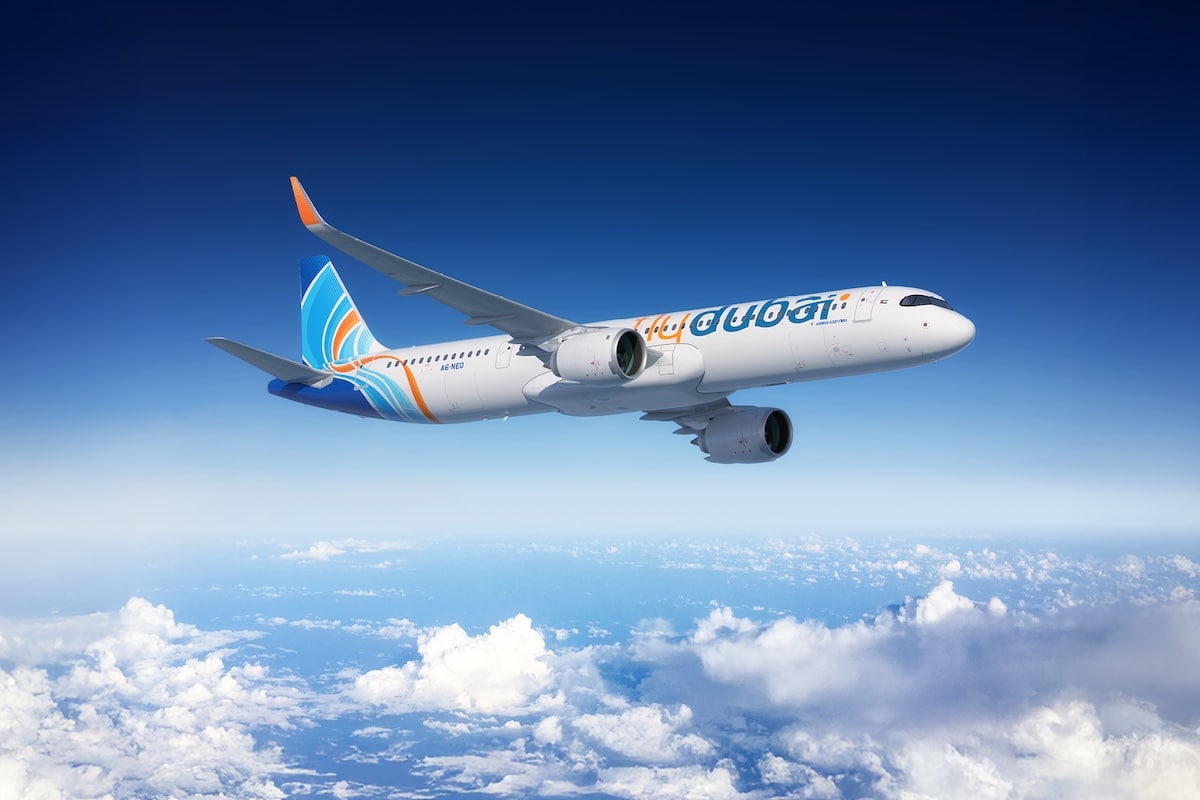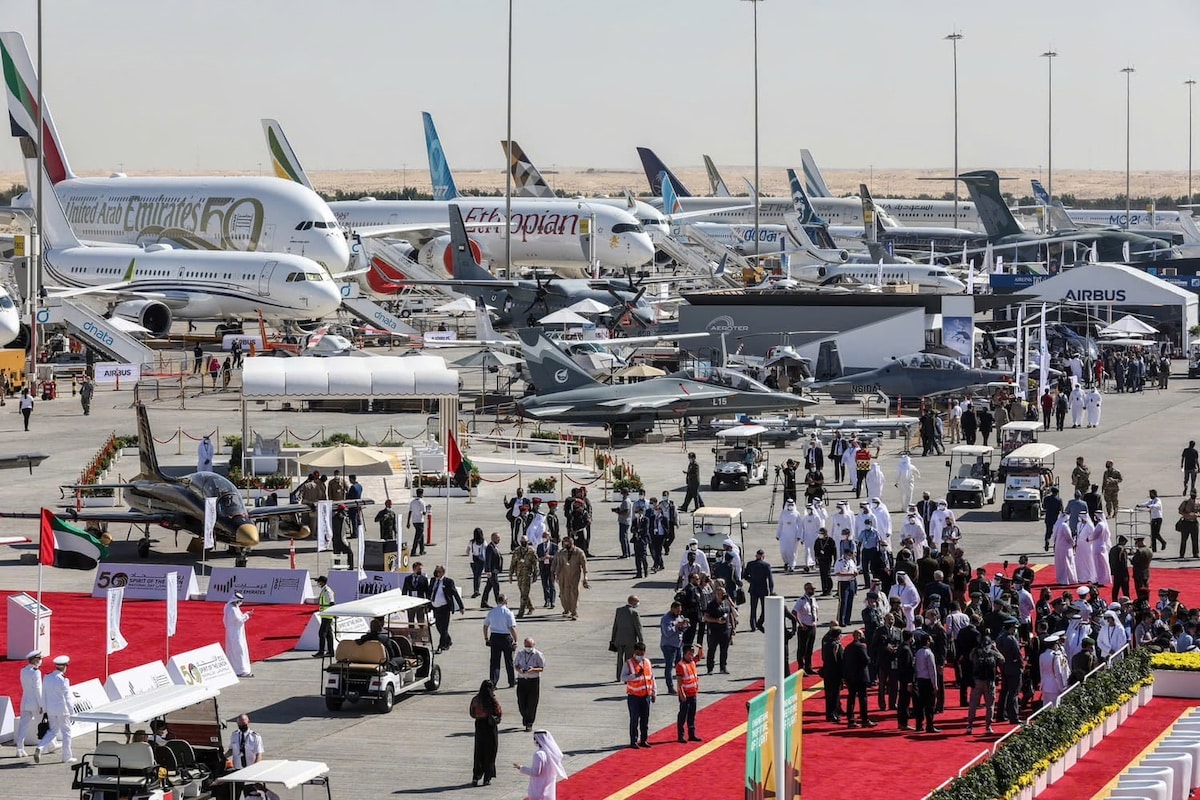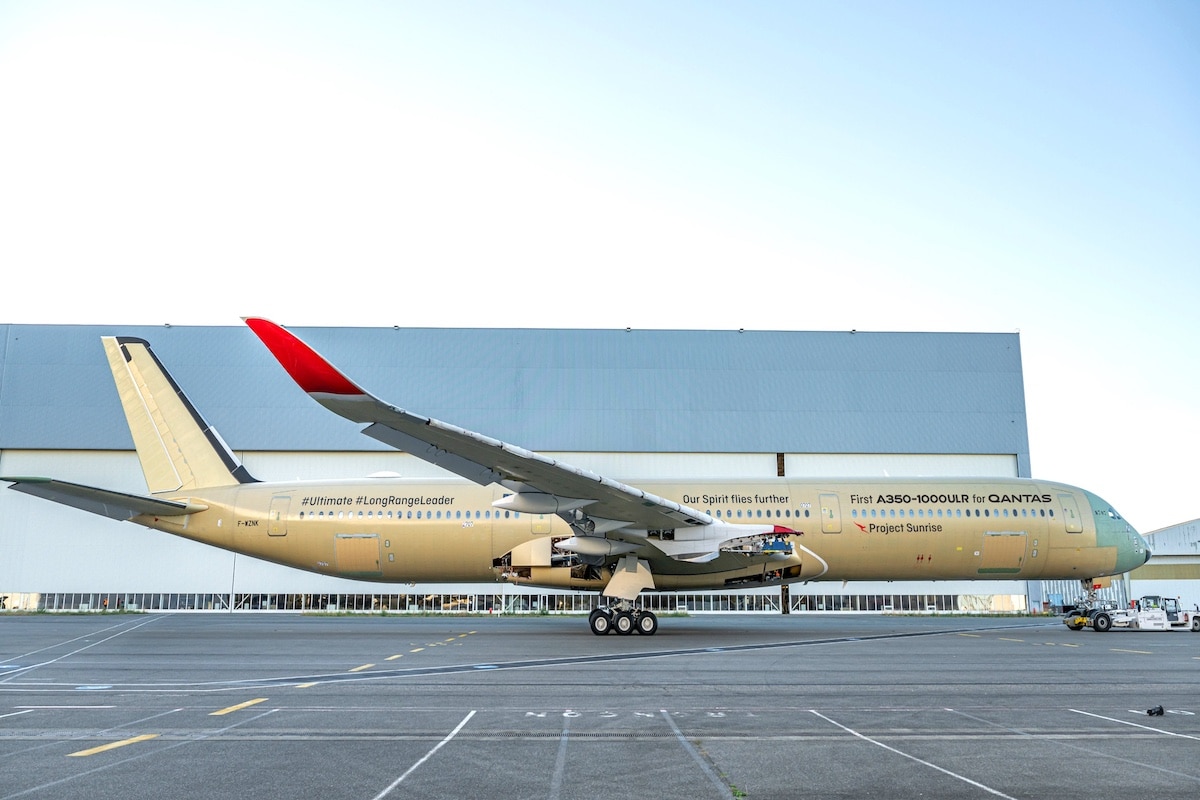KLM receives its first Airbus A321neo, less polluting

KLM Royal Dutch Airlines has taken a step towards more sustainable aviation with the arrival of its very first Airbus A321neo.
This is a small step for commercial aviation, but is it a leap for the planet? Hopefully. Tuesday, August 27, 2024, will be remembered by KLM as the day of delivery of a somewhat revolutionary aircraft. An aircraft symbolizing a fleet undergoing modernization to reduce environmental impact while providing an enhanced passenger experience.
The A321neo represents a necessary transition towards more environmentally friendly practices in an industry increasingly criticized for its carbon emissions. This next-generation aircraft stands out with its cutting-edge technology, enabling a significant reduction in fuel consumption – about 20% compared to older models – and a 50% decrease in perceived noise during take-offs and landings.
A Rethought Passenger Experience
But the A321neo is not limited to its environmental benefits. It also offers an improved flight experience for KLM passengers. Designed to carry 227 people, this aircraft features a modern cabin with Airbus’ Airspace concept, including larger overhead bins and USB-C ports at each seat. Details that, far from being trivial, indicate that passenger comfort has not been sacrificed for energy efficiency.
The cabin lighting has also been rethought to create a more pleasant atmosphere on board, a small touch that can make all the difference during long flights.
If the arrival of this new aircraft is good news for passengers, it is even better news for KLM. Capable of flying with up to 50% sustainable aviation fuel (SAF), it aligns with the ambitions of Airbus and KLM to make aviation greener and more feasible. But will the message be heard regardless?
According to KLM, this aircraft is just the first step, with the airline planning to gradually replace its older aircraft with more fuel-efficient models as part of a broader strategy to reduce CO₂ emissions. This move is accompanied by other initiatives, such as optimizing flight routes and increasing the use of SAF, to meet the sustainability goals set by the industry.
What Future in Flight?
In the coming months, passengers will be able to experience this aircraft on numerous European and transcontinental routes, bringing a touch of modernity to every flight. The Airbus A321neo has a range of about 7,400 kilometers (about 4,600 nautical miles) in its standard configuration. This range allows it to cover a wide variety of routes, including transcontinental links and medium-haul long-distance flights. This extended range makes it a very flexible aircraft for airlines, capable of efficiently connecting distant destinations non-stop.
So far, more than 6,400 A321neo aircraft have been ordered by over 90 customers worldwide, confirming its commercial success and its role as a leader in the transition to greener aviation. The list price of the Airbus A321neo is approximately $129.5 million, or €117 million. However, it is important to note that this price is indicative and airlines often negotiate substantial discounts based on the size of their order, their relationship with the manufacturer, and other contractual factors.
ALSO READ: Propeller planes are making a comeback against jet engines
This page is translated from the original post "KLM reçoit son 1er Airbus A321neo moins polluants" in French.
We also suggestthese articles:
Also read






